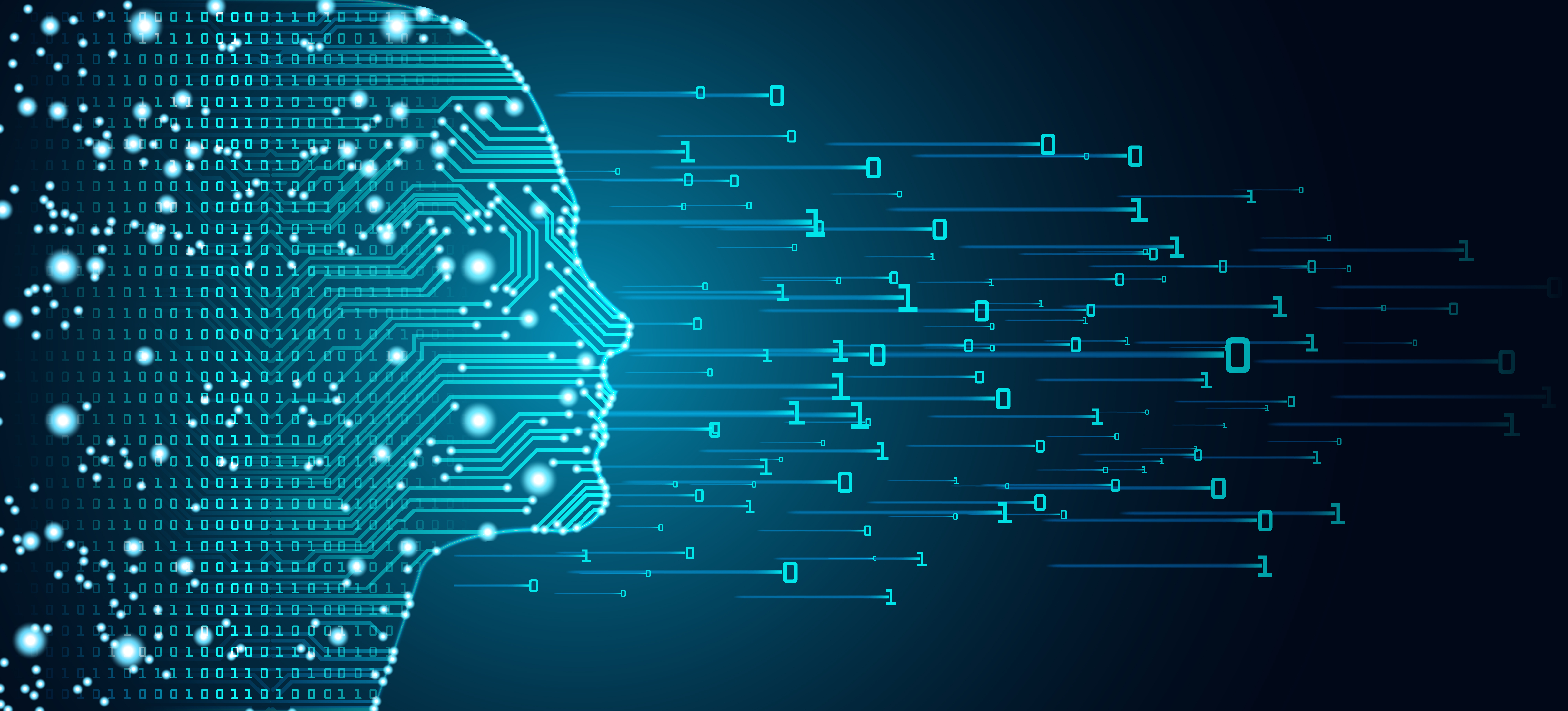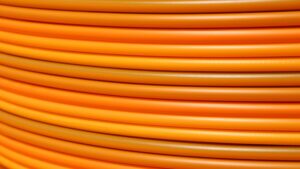20/12/2023
The “creativity machine” DABUS (Device for the Autonomous Bootstrapping of Unified Sentience) was created by artificial neural networks (ANN) expert Dr Stephen Thaler. According to its creator, DABUS is the inventor of two inventions, including a food container discussed in patent application GB1816909.4, and a flashing beacon for attracting attention discussed in GB1818161.0.
For the past few years, Dr Thaler and DABUS have been the subject of a number of unsuccessful court cases around the world in which Dr Thaler has sought to establish the right to list DABUS as the sole inventor of the inventions mentioned above (the food container and flashing beacon inventions).

In the UK, the applications were refused by the UK IPO (UK Intellectual Property Office), because Dr Thaler (who filed the applications in his own name as applicant) did not provide the UK IPO with the name of a natural person who had devised the invention, and because he did not provide a suitable indication of how he (as applicant) had derived the right to apply for patents for the inventions in his own name. Instead he argued that DABUS was the legitimate inventor, and that he had derived the right to apply for the inventions made by DABUS as its owner.

Today, the Supreme Court endorsed the decisions of the High Court and the Court of Appeal, in ruling that the UK IPO were correct to refuse the application, since Dr Thaler had failed to comply with the requirements of sections 7 and 13 of the UK Patents Act (reproduced below). The decision of the Supreme Court is here.
The Supreme Court decision concluded that Sections 7 and 13 of the UK Patents Acts “on their own and in the context of the Act as a whole, permit only one interpretation: an inventor within the meaning of the 1977 Act must be a natural person, and DABUS is not a person at all, let alone a natural person: it is a machine”.
The judgment also noted that these cases were “not concerned with the broader question whether technical advances generated by machines acting autonomously and powered by AI should be patentable”, nor “the question whether the meaning of the term ‘inventor’ ought to be expanded, so far as necessary to include machines powered by AI which generate new and non-obvious products and processes”, which would raise policy issues about the purposes of the patent system. Instead, the present appeal to the Supreme Court was understood as only concerned with the particular question of the correct interpretation and application of the relevant provisions of the 1977 Act.
In connection with this narrower question, the Supreme Court endorsed Lady Justice Elisabeth Laing’s comment at paragraph 103 of the Court of Appeal Judgement which noted:
“Whether or not thinking machines were capable of devising inventions in 1977, it is clear to me that Parliament did not have them in mind when enacting this scheme. If patents are to be granted in respect of inventions made by machines, the 1977 Act will have to be amended”.
As reported here, a (fairly) recent consultation by the UK IPO has concluded that there is currently no appetite to amend the law in this regard.
The Court of Appeal decision contains a useful discussion of some of the background including the intended meaning of “inventor” within the current legal framework, as well as the significance of the current procedure for designating the inventor within an application at paragraphs 32 to 47.
Summary
Dr Thaler’s court cases have not succeeded on the question of whether a suitably trained artificial intelligence can be listed as inventor. However, they have perhaps been more successful in bringing the question of AI ownership to a wider public consciousness.
Classically speaking, patents are often regarded as a bargain between the state and the individual: a person who has developed an invention that is new, inventive and industrially applicable, is entitled to a time-limited state monopoly to that invention in exchange for them providing a detailed written disclosure of how the invention works. Would this bargain be different if an AI was the inventor instead of a natural person?
If in the future, an artificial intelligence could enjoy its own legal name and the benefit of a legal status of its own, would it then be able to file an application on its own behalf or transfer the right to do so to another party? All interesting questions for another day.
Footnote: the Supreme Court decision is consistent with the findings of the EPO which were discussed in our earlier report here.
Relevant excerpts from the UK Patents Act
Section 7 of the UK Patents Acts states: “Right to apply for and obtain a patent”.
(1) Any person may make an application for a patent either alone or jointly with another.
(2) A patent for an invention may be granted—
(a) primarily to the inventor or joint inventors;
(b) in preference to the foregoing, to any person or persons who, by virtue of any enactment or rule of law, or any foreign law or treaty or international convention, or by virtue of an enforceable term of any agreement entered into with the inventor before the making of the invention, was or were at the time of the making of the invention entitled to the whole of the property in it (other than equitable interests) in the United Kingdom;
(c) in any event, to the successor or successors in title of any person or persons mentioned in paragraph (a) or (b) above or any person so mentioned and the successor or successors in title of another person so mentioned; and to no other person.
(3) In this Act “inventor” in relation to an invention means the actual deviser of the invention and “joint inventor” shall be construed accordingly.
(4) Except so far as the contrary is established, a person who makes an application for a patent shall be taken to be the person who is entitled under subsection (2) above to be granted a patent and two or more persons who make such an application jointly shall be taken to be the persons so entitled.
Section 13 of the UK Patents Act states: “Mention of inventor”
(1) The inventor or joint inventors of an invention shall have a right to be mentioned as such in any patent granted for the invention and shall also have a right to be so mentioned if possible in any published application for a patent for the invention and, if not so mentioned, a right to be so mentioned in accordance with rules in a prescribed document.
(2) Unless he has already given the Patent Office the information hereinafter mentioned, an applicant for a patent shall within the prescribed period file with the Patent Office a statement—
(a) identifying the person or persons whom he believes to be the inventor or inventors; and
(b) where the applicant is not the sole inventor or the applicants are not the joint inventors, indicating the derivation of his or their right to be granted the patent;
and, if he fails to do so, the application shall be taken to be withdrawn.
(3) Where a person has been mentioned as sole or joint inventor in pursuance of this section, any other person who alleges that the former ought not to have been so mentioned may at any time apply to the comptroller for a certificate to that effect, and the comptroller may issue such a certificate; and if he does so, he shall accordingly rectify any undistributed copies of the patent and of any documents prescribed for the purposes of subsection (1) above.
This article is for general information only. Its content is not a statement of the law on any subject and does not constitute advice. Please contact Reddie & Grose LLP for advice before taking any action in reliance on it.



